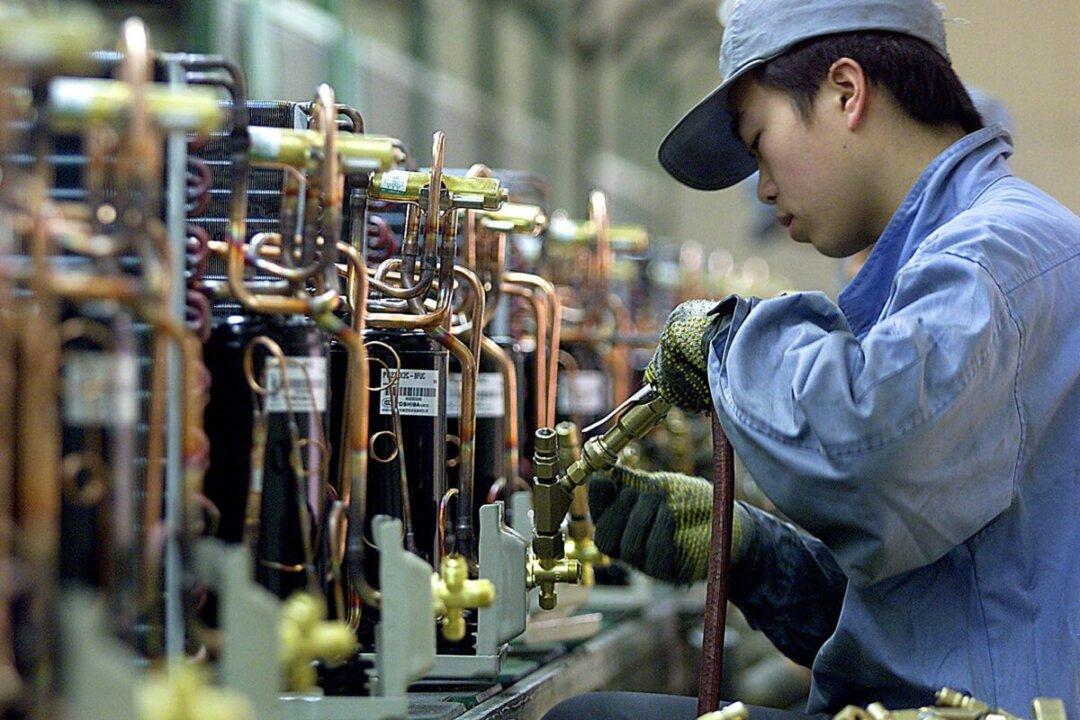Commentary
One of China’s great economic advantages is going away. Relatively low-cost, reliable labor has been a mainstay of China’s economic engine for decades.

One of China’s great economic advantages is going away. Relatively low-cost, reliable labor has been a mainstay of China’s economic engine for decades.